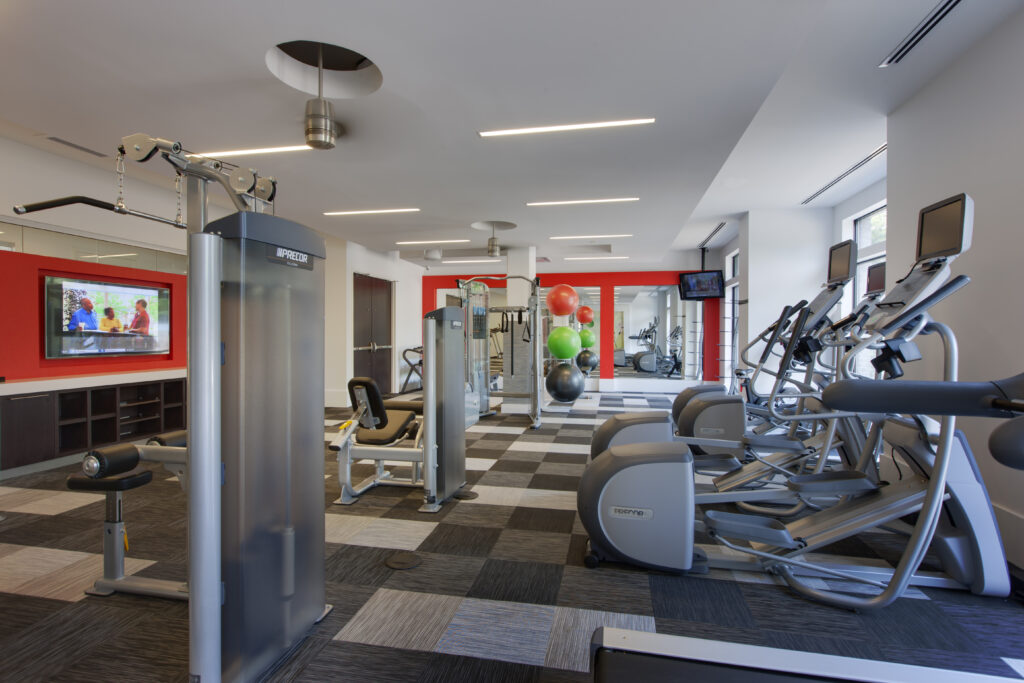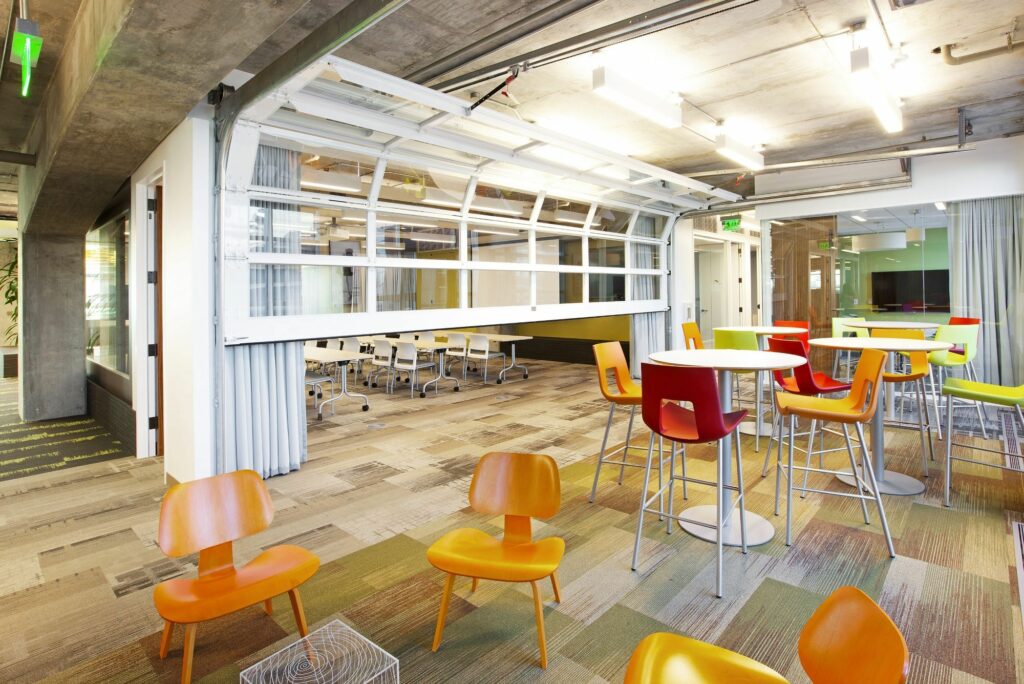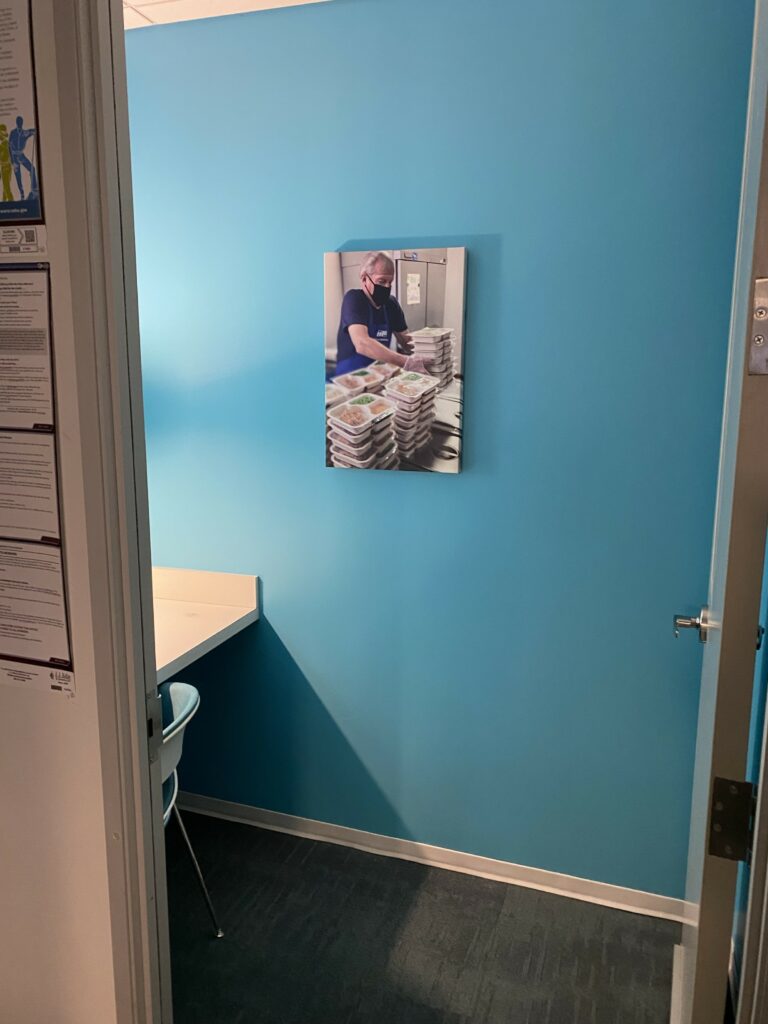
by Jack Tintle
Commercial office landlords and property managers nationwide are facing daunting challenges caused by a paradigm shift in work patterns in the aftermath of the COVID-19 pandemic. A February 2024 report from Cushman & Wakefield showed the national office vacancy rate has climbed to a record 19.7% and is trending upward. In the DC market, the vacancy rate reached an all-time high of 21.2% in Q4 2023, per CoStar. For perspective, that is enough vacant office space to fill twelve Pentagons!
Despite some major Fortune 500s requiring employees to return to the office either full time or on a hybrid schedule, the trend of working from home is poised to continue. With fewer employees in the office, tenants are seeking to downsize their office footprints, exacerbating an already existential threat to commercial landlords’ ability to generate income from their office properties and pay debt service. Many have decided to sell and cut their losses, while some have explored residential conversions. For those that have decided to maintain course, the question of how to justify further capital investments and achieve adequate returns is at the forefront of decision making. With this in mind, let’s look at some key office renovation considerations and design trends for both tenants and landlords.
- Optimize Space Utilization
Data drives good decision-making. Office space is one of the primary expenses for companies of every size, so it is paramount that efficient use of space is maximized. To achieve this, we highly recommend undertaking a space utilization analysis. Companies may find that they have so much wasted space that they can significantly reduce the number of offices they need, thereby shrinking their overall footprint and FF&E costs or alternatively, allowing them to sublet that additional space to smaller companies and generate income. The latter is a win-win for tenants as well as landlords who are desperate to fill space.
- Focus on Energy-Efficient Upgrades
Whether you are a triple-net tenant taking on a new fit-out or a landlord considering spec suites or base building upgrades, reducing energy and water consumption with new LED lighting systems, occupancy sensors, low-flush toilets, and no-touch faucets is proven to reduce operating expenses. HVAC upgrades may also be necessary depending on the building’s age and condition, but comparatively they will incur much greater cost. It is best to focus first on more tangible, low-hanging fruit like lighting and plumbing to reduce vacancies, which will provide the cash flow required to fund more costly future upgrades.
- Amenities Are a Must
Given the ubiquity, ease, and comfort of telecommuting, many landlords are turning to robust amenity offerings to attract and retain tenants. These amenities run the gamut but can be broken down into categories including health and wellness, freedom and flexibility, and focus and collaboration.
Health & Wellness
Studies show that millennial and Gen Z workers are more health conscious than their Gen X and baby boomer colleagues. It’s no surprise then that amenities like on-site gyms and yoga rooms, bike storage, landscaped outdoor terraces, fresh food markets, and healthy fast-casual restaurants have become increasingly common in recent years. From a design standpoint, SR/A is encountering more and more clients seeking to incorporate greenery and other biophilic elements into interior spaces. These kinds of design features reduce stress, increase focus, and lessen strain on the eyes. Sit-to-stand desks are also standard in the modern office, as they promote movement and reduce back pain. Building healthier workplaces is something both tenants and landlords can do to maintain a competitive edge.

Flexibility
With a growing emphasis on quality over quantity, companies are seeking to make open areas and common spaces adaptable to a variety of functions. For example, en lieu of a siloed break room, collaboration area, and board room, a company could opt for a larger board room with garage-style or telescoping translucent doors that allow it to be closed off for private meetings or otherwise kept open for other purposes. This maximizes the use of each room, while reducing the overall amount of space required. Employers are also staggering employee work schedules to reduce shared workstation counts and cut costs. While this is not the optimal solution for every tenant, industry experts expect this strategic trend to continue.

Freedom & Collaboration
Giving employees more freedom to work the way they want to – and the proper spaces in which to do so – is critical to maintaining good morale. The open offices of yore provide little to no privacy for the average worker and are not conducive to adequately balancing needs for individual privacy and intentional collaboration. Companies are responding by providing more technologically equipped, sound attenuated “privacy pockets” that can be reserved by employees as needed for tasks that require minimal disturbance. Conversely, designers are upping the ante to give open collaboration areas and pantry areas a fun and cool vibe. The traditional conference room, while still valuable, is not the catch all collaboration solution it once was. Landlords are also responding to this trend by reprogramming underutilized spaces near elevator lobbies as “commons” where employees from different companies can intermingle and socialize over lattes and fruit-infused water.

Another trend we’ve seen since the pandemic is the growing number of pet-friendly offices. A recent study from the American Pet Products Association (APPA) shows that pet ownership growth from 2020-2023 was double that of the previous decade. A greater number of companies with in-office work requirements are allowing employees to bring their dogs to work and negotiating leases with landlords that include language to permit this. Landlords are less enthused by this trend for obvious reasons, but some are nonetheless willing to accommodate it, with some restrictions on certain breeds and complete indemnification against all claims related to the actions of dogs on the premises.
As work culture in the United States evolves over the next decade, today’s problems will become tomorrow’s opportunities for commercial real estate professionals. Having an experienced, creative team by your side from the outset of a project is essential to delivering a quality product. If you are an office landlord, broker, or tenant in need of an office interior transformation, SR/A is here to help! To get started with a complimentary design consultation, give us a call or send us an email at info@srainteriordesign.com.